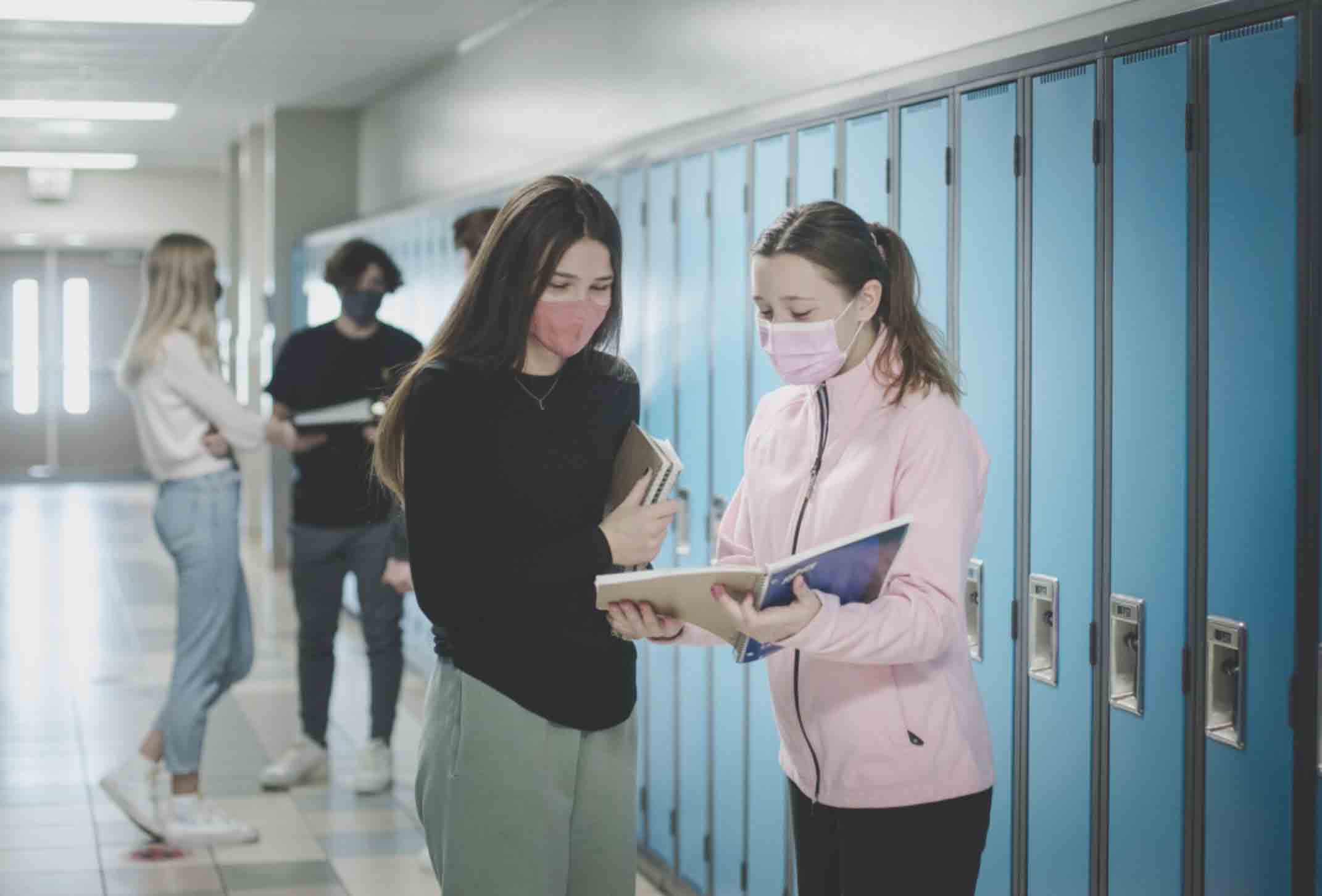A day in the life of a Blended+ student is not a one-size fits all experience, and is tailored for students who:
- Are interested in a more flexible school experience.
- Prefer to have more time learning from home with high levels of teacher support.
- Experience barriers to learning in traditional school settings.
- Want more choice and voice in a personalized learning program.
To showcase the customizable nature of the program, here’s how three Blended+ students would navigate the program depending on their individual learning and lifestyle needs.
1. The Student Who is Focused on Athletics
This student thrives in Blended+ as it works with the rigorous demands of training and missing school due to competitions. Many student athletes train for their sport before, during, and/or after traditional school schedules. Rather than missing school, this student may learn online asynchronously at a training facility or at home to maximize flexibility.
Combined with live mid-day direct online instruction that’s recorded if the student is unable to attend the class, the weekly learning format of Blended+ helps student athletes plan around missed days due to competitions without falling behind their peers. During blended flex time, this student connects with teachers either on campus or online as their schedules permit.
Dynamic in-person learning with peers on and off campus is scheduled mid-week to accommodate travel schedules on either side of the weekend. Project-based and experiential learning connects the student athlete to their peers, teachers, and networks in the community.
Combined with a personalized approach, the flexibility of Blended+ helps competitive athletes stay at the top of their game in their sport as well as in school.
2. The Student Who Experiences Barriers to Learning
This student is empowered by a program that’s personalized to meet individual learning needs and strengths. This student may choose to spend blended flex blocks learning with teachers and peers on campus for in-person support and connections. Regular check-ins help build confidence, connections, and independent work habits.
Alternatively, if the barriers to learning are better addressed with more time learning from home, they have high levels of teacher access and online support to meet their needs. The weekly learning format of Blended+ helps students to spend more time in areas of need with teacher assistance. Students get extra support with subjects or topics that may not come as easy to them.
On and off-campus in-person learning is hands-on and dynamic to help them make meaningful connections with peers through shared and guided experiences, while supports are provided for students who may be feeling anxious about peer interactions.
This student can thrive on CA Knights Athletics teams, drama productions, STEAM activities, and real-world learning through International Travel Studies.
3. The Student Who is Focused on Their Studies
This student excels in an environment with increased choice and voice over the time, pace, and place of learning. Having the autonomy to make meaningful decisions about learning as well as involvement in social learning experiences increases this student’s engagement with school.
This student may want a later start to the school day if they prefer to learn during atypical hours. This student can choose to learn from home or a local coffee shop during asynchronous learning blocks while joining peers on campus during flex time to work with friends.
If this student is part of CA Knights Athletics teams, being on campus for the afternoon would fit well with after school games or practices. The weekly learning format empowers them to go deep with learning and focus on tasks for extended times rather than have learning interrupted by a typical schedule with numerous class breaks.
On-campus and off-site experiential learning engages them with real-life projects while developing community networks. They may also choose to participate in International Travel Studies with other CA students to broaden their world understanding.
